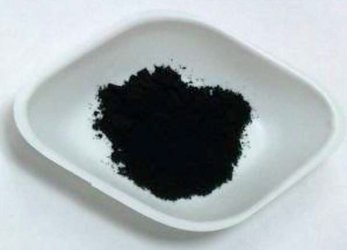Paint it black: Stone Age sunscreen for Solar Orbiter
How do you dress on a hot day? Knowing that Solar Orbiter will venture closer to the Sun than any previous ESA mission, it might seem odd that a spacecraft needing to endure an unprecedented level of sunlight ends up almost entirely black in colour. The reason why comes down to practicalities of thermal design, a coating treatment devised for the very different environment of the human body and a pigment whose history stretches all the way back to the Stone Age.
Solar Orbiter will come as close as 0.28 times Earth’s distance from the Sun, encountering sunlight 13 times stronger than in Earth orbit.
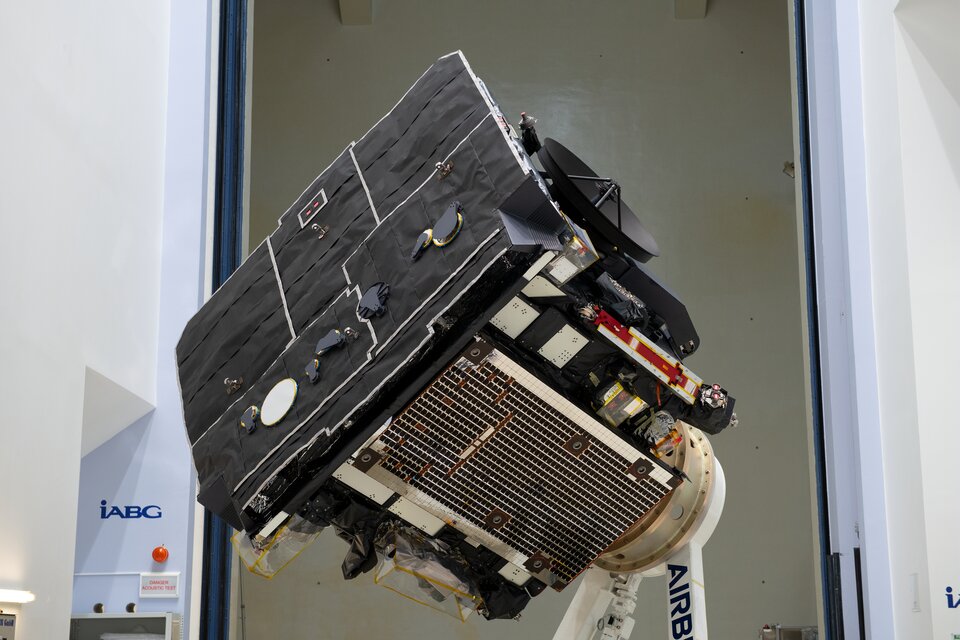
Accordingly the spacecraft was designed to operate behind an advanced multi-layer heat shield. The challenge its thermal design team faced was deciding on the precise ‘thermo-optic’ properties of the shield’s front face: how much solar energy would be reflected back directly, how much would be absorbed, and how much would be re-radiated in the form of infrared radiation, or heat?
This choice dictates the maximum temperature the surface could reach, influencing in turn the extent of the intervening layers, which work to dissipate this unwanted heat to insulate the main body of the spacecraft.

Selecting sunscreen
Just 0.05 mm thick – about the width of a human hair – this front surface is made from strong but light titanium alloy. The plan was to add a surface coating in turn to optimise the metal’s reflectivity, absorption and emissivity, but this proved harder than it sounds.
“The mission had three main requirements for the heat shield covering,” explains ESA materials engineer Andrew Norman.

“Firstly it had to keep the same colour during years of exposure to intense solar flux, including high ultraviolet radiation – the mission team would have loved a white coating, to reflect back more solar energy, but testing showed it would darken unacceptably over time. So we settled on black, to keep its thermo-optical properties stable over the mission lifetime.
“Secondly it had to be electrically conductive, to prevent any build-up of static from interaction with the solar wind – which might do damage to the spacecraft by discharging. Finally there could be no outgassing or shedding of particles, which might endanger the mission’s instrument lenses, mirrors and sensitive surfaces.”
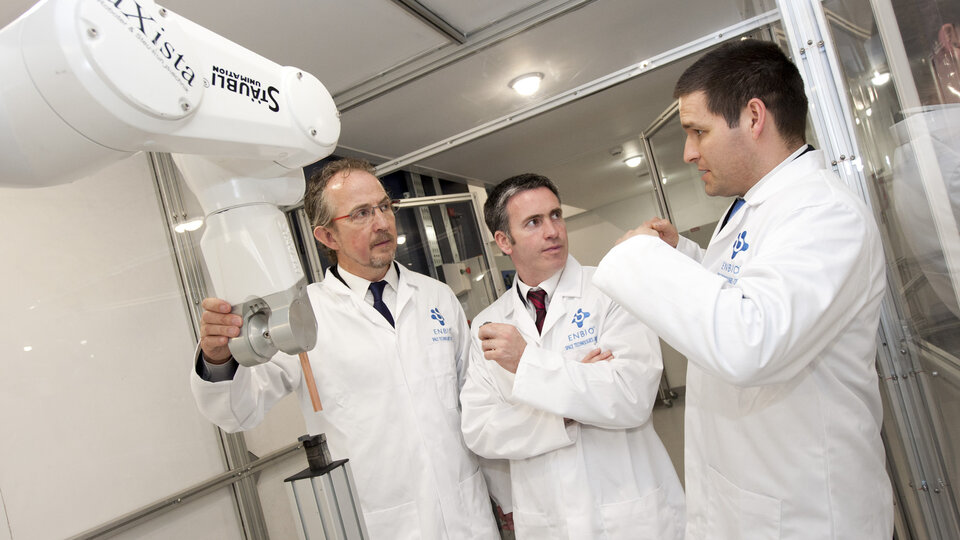
Too hot to handle
This combination of requirements proved too much. Existing paints or coatings either could not withstand the solar heat and radiation or were not conductive across the required temperature range. And in vibration testing they released too many particles.
“We were left to consider the option of bare, uncoated titanium,” notes ESA thermal engineer Claudio Damasio. “But this would have led to temperatures of 700 °C on top of the heat shield, and required a much bulkier shield structure with extra multi-layer insulation. We needed a different solution, and thanks to Irish company Enbio we found it.”
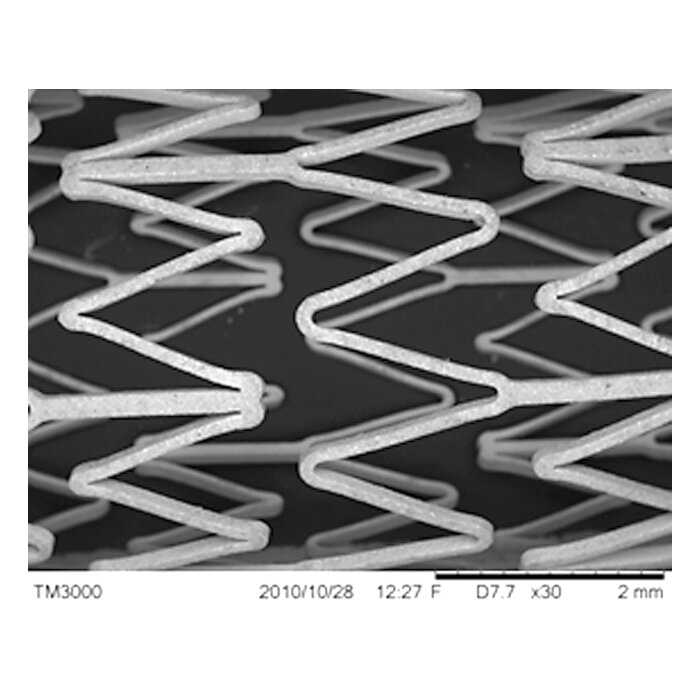
Eureka moment
Enbio Managing Director John O’Donoghue had no thoughts of outer space when developing the surface treatment technique his company is based on – he had been investigating ways to coat titanium medical implants with artificial bone, to encourage their bonding with the human skeleton.
“The real eureka moment came out of work I’d done while undertaking my Masters in Biomedical Engineering,” recalls John. “This had involved grit-blasting the titanium casings of implantable pacemakers and defibrillators, to help with attaching electrical connections. Grit-blasting – blasting metal surfaces with abrasive particles – was generally regarded as a crude ‘ugly duckling’ process, but I kept up my interest. Around 2005 that led to me coming up with the Co-Blast process.”
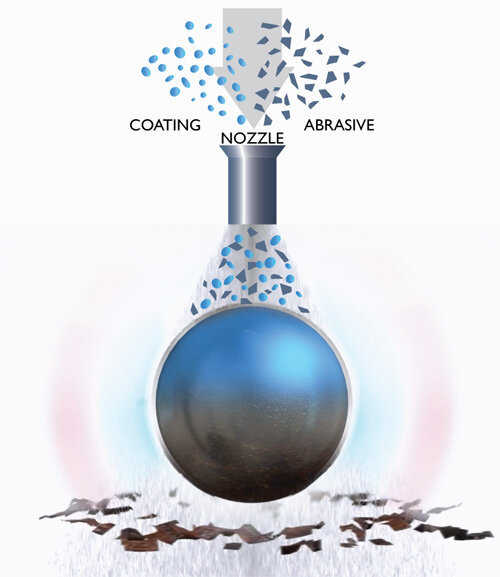
The process works for reactive metals such as titanium, aluminium and stainless steel, which possess a surface oxide layer. Grit-blasting removes their oxide layers – but as the Co-Blast name suggests – a second ‘dopant’ material is also sprayed in combination with the abrasive, which immediately takes the place of the oxide layer as it is stripped away.
“The big advantage is that this new layer is chemically bonded to the underlying metal – effectively becoming part of it, to a thickness of just a few thousandths of a millimetre,” explains John.
Better bone implants
“The first application I considered was coating titanium hip and knee implants in artificial bone. The industry standard involves high-temperature plasma spraying, which can damage the bone, meaning the body doesn’t respond so well to it. Co-Blasting by contrast takes place at room temperature.”
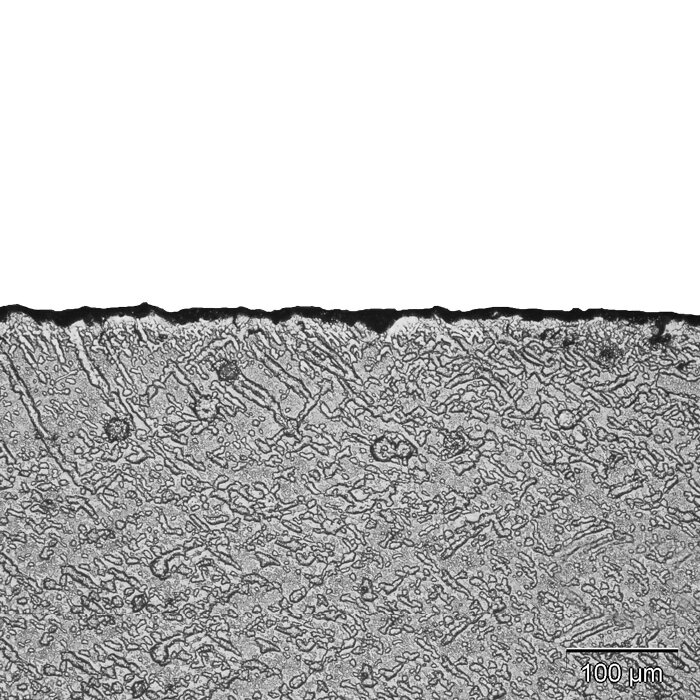
ESA’s Directorate of Technology, Engineering and Quality took an early interest in the new process, notes materials specialist Laurent Pampaguian: “Our rationale was that it is always challenging to coat materials well, and titanium, while being a standard material for space, poses particular difficulties.”
Enbio supplied test black coatings through a project within ESA’s General Support Technology Programme – readying promising technologies for space – and their particular potential for Solar Orbiter soon became clear.
“We looked into lots of black pigments, such as graphite, silicon carbide and pyrolytic carbon,” recalls Barry Twomey, then Enbio’s Chief Technology Officer. “Then John thought ‘well, as artificial bone worked so well before, maybe we should try another bone product’.”
Insight from the Stone Age
John explains: “I recalled cavemen used burnt bone for cave painting, along with charcoal – and its durability is proved by the fact the paintings survive to this day. We found a US company called Ebonex who produce a char bone pigment – they burn the bone in low oxygen, then crush it, so all the fat and tissue is gone. It turned out the pigment already had space heritage, having been employed by NASA.”
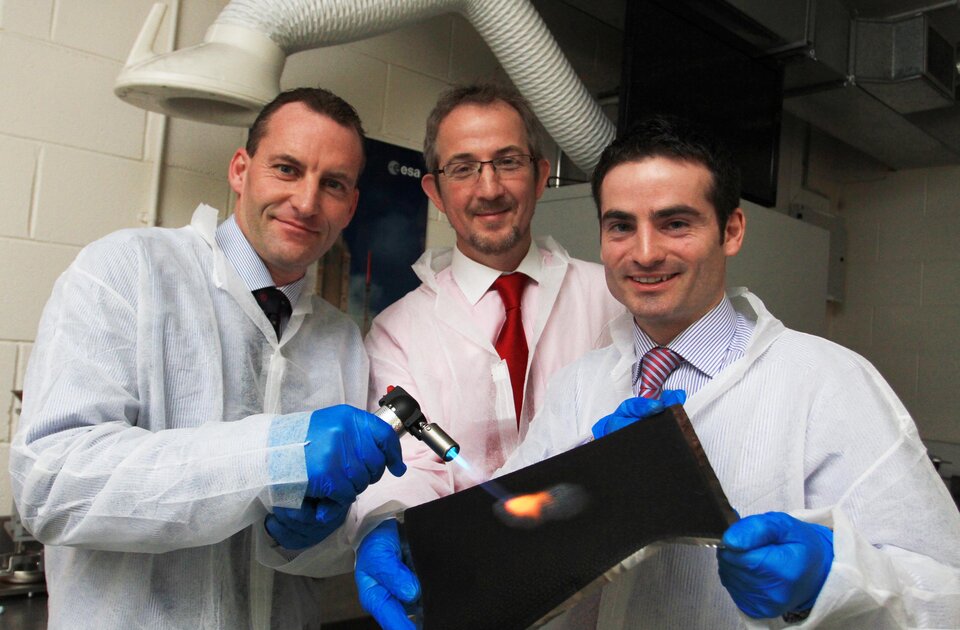
After passing all the tests ESA’s Materials and Electrical Components Laboratory could throw at it – from accelerated solar and ultraviolet exposure to shaker testing, even attaching sticky tape then pulling it off – the resulting ‘Solar Black’ coating was baselined for Solar Orbiter’s heat shield, and subsequently much more.
“Solar Black performed sufficiently well that it was added to steadily more flight parts, foils and surfaces,” adds Barry. “If you look at early images of the spacecraft it was white with black radiators, then over the course of development that essentially reversed, to a basically black spacecraft with white radiators.”
Even an instrument ended up making use of Solar Black: it coats a Beryllium X-ray filter used in the Spectrometer/Telescope for Imaging X-rays, STIX, located in direct view of the Sun.
ESA and Airbus financed a dedicated Enbio Space Technologies Centre in Clonmel, Tipperary where coatings were added. “Large items such as the mission’s high gain antenna were too large to coat our existing premises in Dublin. Having a dedicated facility also helped us formally ‘qualify’ the Co-Blast process for space – which means proving we met the mission’s rigorous quality requirements.”
From black to white
Solar Orbiter went on to use a specially-developed white coating from the company in collaboration with University College Dublin, dubbed ‘Solar White’, employed on various parts of the spacecraft including heat-dumping radiator panels, solar array edges and its instrument boom.

“We couldn’t add white pigment directly to the metal’s oxide layer,” says Barry. “Instead we use Solar Black as a kind of primer, enabling us to bond a white silicate layer.
“As a small firm we were very flexible – when ESA found a problem with an initial version of Solar White, which wasn’t sufficiently electrically conductive, we quickly tweaked the production and curing cycle, later working with UK company Diamond Coatings to add a conductive layer to ensure we surpassed requirements.”
John estimates that around 80% of the final spacecraft’s coated surface has ended covered by either Solar Black or Solar White. “We’re very proud of our contribution, and looking forward to witnessing the launch. Meanwhile our company is continuing to work within the space sector, completing a recent European Commission Horizon 2020 project on adding polymers to metal surfaces, looking into ways to enhance bonding without the use of toxic chemicals.”
Barry will join John and other Enbio team members at the launch: “We were a small company for such a big marque project. Essentially ESA was our first customer and a very good one, offering us a high level of trust, help and support. It’s a great feeling now to see everything ready to fly.”





